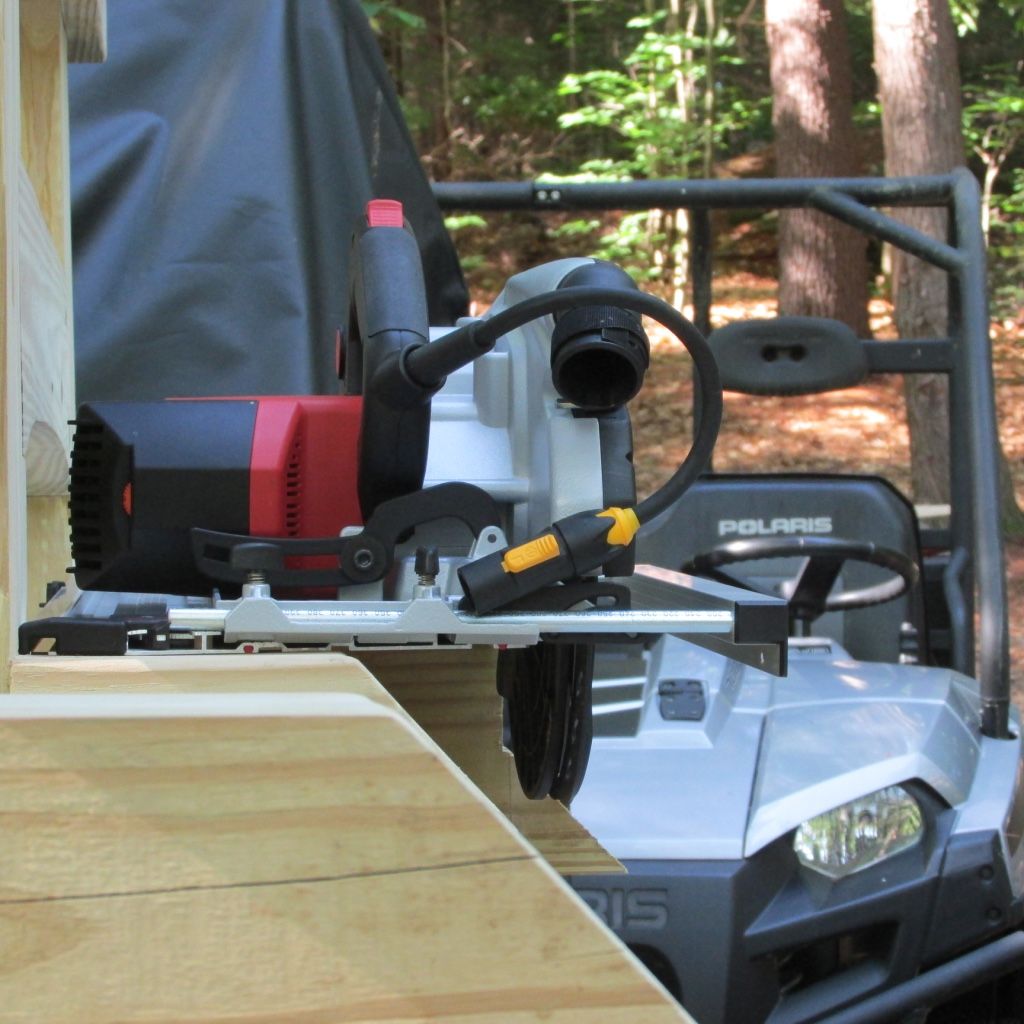mattuk
Junior Member
 
Posts: 79 
|
Post by mattuk on Nov 12, 2015 18:02:27 GMT -5
I have changed the title in line with the information this thread now contains.
I have just about finished cleaning my cables after their tour in the muddy grass last week I got to thinking about a visit to a convention in the Anaheim area of CA. The electrics were quite a bit different than I am used to seeing this side of the pond with adapter leads, cable thickness referred to as 'gauge' and some strange power splitters and such.
We tend to refer to power leads as cross sectional area in mm.
We all have access to some high powered beasts of tools within the red coloured camp. With the lowered voltage over there the current draw is obviously higher. How should cabling be approached over there ?
All answers welcome. I look forward to learning.
|
|
|
|
Post by Tom Gensmer on Nov 12, 2015 19:16:30 GMT -5
Hi Matt!! I don't know much about the electrical side of things, particularly 240V versus 120V, but my VERY limited understanding is that you need a larger wire (lower gauge) wire for a 120V tool versus its 240V version. For instance, if you can get away with a 14 gauge (thinner) wire with a 240V tool, you'd need a 12 gauge (thicker) wire for its 120V cousin.
Well, that's the extent of my knowledge/understanding regarding wires!
Overall, my experience has been that commercial job sites are regularly inspected here in the USA, whereas residential work has a bit more of a "Wild West" vibe (I've seen some pretty manky extension cord patch jobs in use by various subcontractors.....).
Be safe out there!
|
|
|
|
Post by Red on Nov 13, 2015 12:51:19 GMT -5
Tom is correct. For some strange reason -- in a galaxy far, far away -- someone with some weight decided that lower gauge designations represent larger wire diameters...so, as Tom so rightly pointed out, in the US, a 14-gauge wire is thinner than a 12-gauge wire.
In general US terms, the term "wire" corresponds to semi-rigid solid core conductors used to transmit electrical current within our structures (for the most part). When it comes to mobile/portable conductors -- that is, conductors that are frequently moved -- the common term is cord or "cordage." Most of us have seen a damaged/cut "power cord" or an "extension cord" that reveals the multi-stranded composition of the conductor itself. Well, it's the actual composition of those [relatively] smaller wire strand bundles -- along with the critically important composition of the insulation surrounding the cordage -- that makes one cord superior to another.
The common trait shared by wire and cordage, funny enough, is that their size is still measured the same way. Soild core Romex wire is commonly designated, in the US, in gauge and number of conductors. For instance, 12-3 is a wire designation meaning an insulating sleeve containing (3) insulated 12-gauge solid core wire conductors and, generally speaking, one uninsulated ground conductor of the same gauge.
As we most often write/speak about power tools with other craftsmen and professionals, including fellow MUF members, we're usually concerned about electrical cordage like this:  If you look very closely, you'll see what sets this cordage apart from the other generic-looking black "wire" we often see. The white lettering on the outside of this cord's jacket reveals that it is Made in the USA, contains (2) 16 AWG conductors and has an insulating cover with a designation of SOOW. AWG stands for American Wire Gauge, while SOOW is a designation describing the insulation covering the (2) multi-stranded conductors it contains -- S = 600V Service, OO = Oil Resistant Insulation and Jacketing and W = Weather and Water Resistant. In short, this is very high-quality cordage that's well-complimented by the heavy duty Hubbell plug on one end and the female Neutrik power connector on the other. If you look very closely, you'll see what sets this cordage apart from the other generic-looking black "wire" we often see. The white lettering on the outside of this cord's jacket reveals that it is Made in the USA, contains (2) 16 AWG conductors and has an insulating cover with a designation of SOOW. AWG stands for American Wire Gauge, while SOOW is a designation describing the insulation covering the (2) multi-stranded conductors it contains -- S = 600V Service, OO = Oil Resistant Insulation and Jacketing and W = Weather and Water Resistant. In short, this is very high-quality cordage that's well-complimented by the heavy duty Hubbell plug on one end and the female Neutrik power connector on the other.
Measuring 17-feet in length, we use this particular cord to power all of our imported 230/240VAC power tools, which have all been converted over to SOOW pigtails and male Neutrik connectors, as shown here:  If you have questions about how any of this is safely done, feel free to drop me a personal message via the Messages link -- in the blue bar just under the Mafell Users Forum logo and the beautiful KSS80Ec/370 photo at the top of this page -- and I will do everything I can to help you safely accomplish your goals. If you have questions about how any of this is safely done, feel free to drop me a personal message via the Messages link -- in the blue bar just under the Mafell Users Forum logo and the beautiful KSS80Ec/370 photo at the top of this page -- and I will do everything I can to help you safely accomplish your goals.
Be safe and enjoy your tools for years to come,
Red
|
|